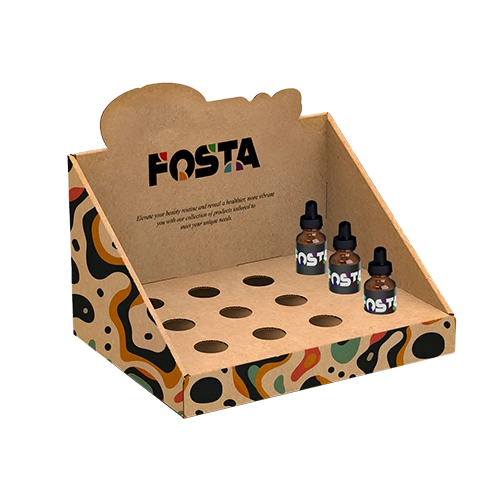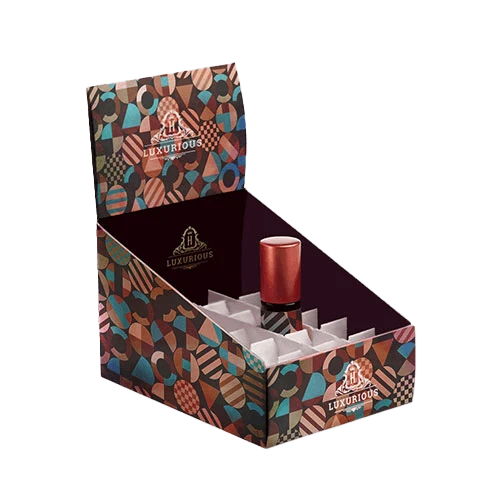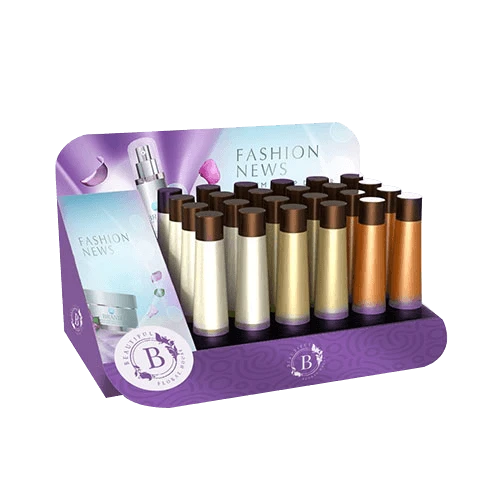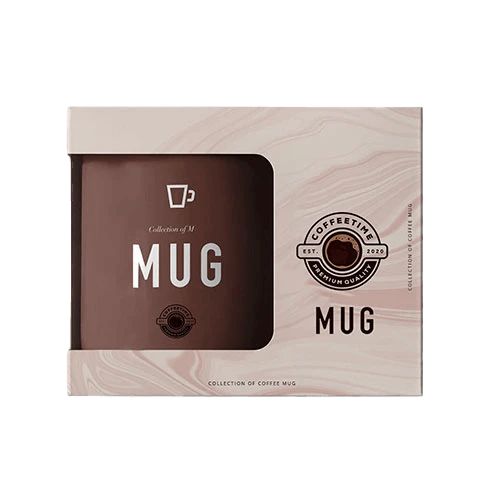
Custom Quote Request Form
Dispenser Packaging
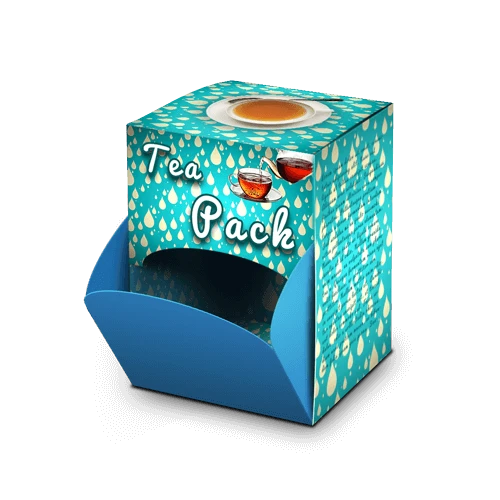

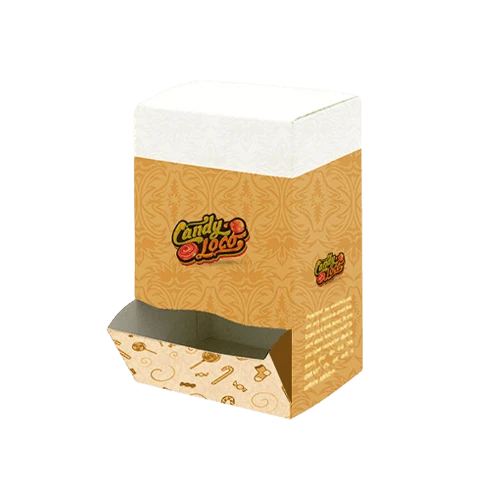
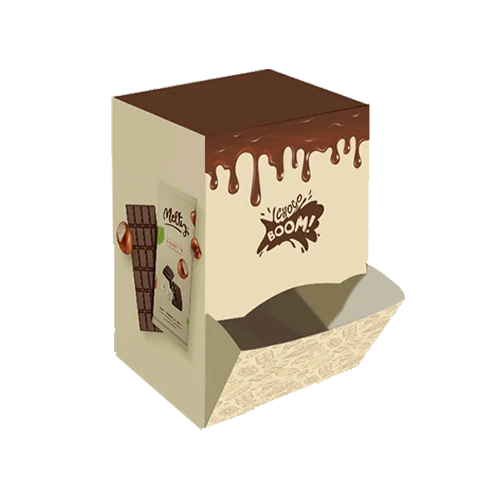
FAQ'sSpecifications Description Reviews |
||||||||||||||||
|
Q: What are dispenser boxes?A: Dispenser boxes are a type of cardboard packaging used to hold and dispense a particular product. They usually feature a simple-to-tear perforated opening, known as a 'flip-out dispenser' opening, for convenient dispensing of the contents. Dispenser boxes can be created for either refill or single-use, and can often be seen at store check-out locations. Q: What type of products are ideal for packaging in dispenser style boxes?A: Dispenser style boxes are ideal for packaging products that are relatively small, lightweight, and are used frequently or in large quantities, such as:
Q: What top and bottom closure options are available for dispenser boxes and what type of cardstock can be used?A: You can choose from premium white card stocks, natural brown kraft card and corrugated stocks.
Q: Are dispenser boxes delivered assembled and ready to use?A: This will vary depending upon your selection of top and bottom closure options and specific need for a perforated dispensing drawer/ledge. Boxes can be produced that are assembled and ready to use when delivered as well as boxes that require simple assembly steps during the product packaging process. You can get in touch with one of our packaging experts and we will be happy to assist you in creating a box style that best fits your particular requirements. Q: How can I customize branded dispenser boxes?A: Dispenser boxes are available in various sizes, shapes, and materials including cardstocks of different thicknesses. Custom designs can also be printed on the boxes, and additional finishes such as foil stamping, UV coating, embossing, and lamination can be added to enhance their appearance and appeal to customers. Q: Can I add custom made sleeves to my dispenser boxes order?A: Yes. You can get sleeves designed and produced that match your box design. These sleeves can help your packaging feel more premium and are also an effective marketing tool for seasonal festivities. Q: Is there a setup fee for branded dispenser boxes?A: Custom printed dispenser box orders do not have any setup fees, plate fees or minimum order requirements. You will be quoted one simple price. However, please keep in mind that larger quantity orders tend to result in lower per unit prices due to the efficiency gained from printing a higher quantity in one production run.
Key Features of Customized Dispenser BoxesA dispenser box is a type of packaging designed to dispense products in a controlled manner. It typically consists of a box with a lid and slot or opening in the front, allowing the user to access the box's contents without having to open it. A custom-printed dispenser box has personalized printing on its surface. The printing can include the brand name, logo, product information, graphics, and other design elements. Custom printing allows the manufacturer or brand to differentiate their product and make it more visually appealing to customers. It can also help in marketing and promoting the product. Custom-printed dispenser boxes are commonly used for consumer goods, such as snacks, tissues, wipes, and other items requiring controlled dispensing. The key features of a dispenser box include:
Here are some tips for designing effective dispenser box packaging:
|









